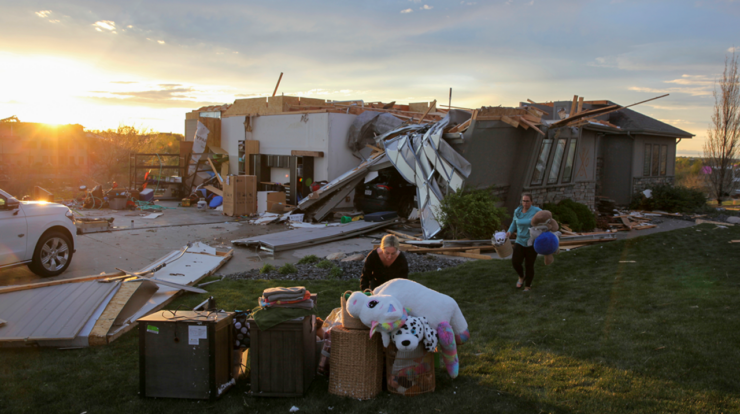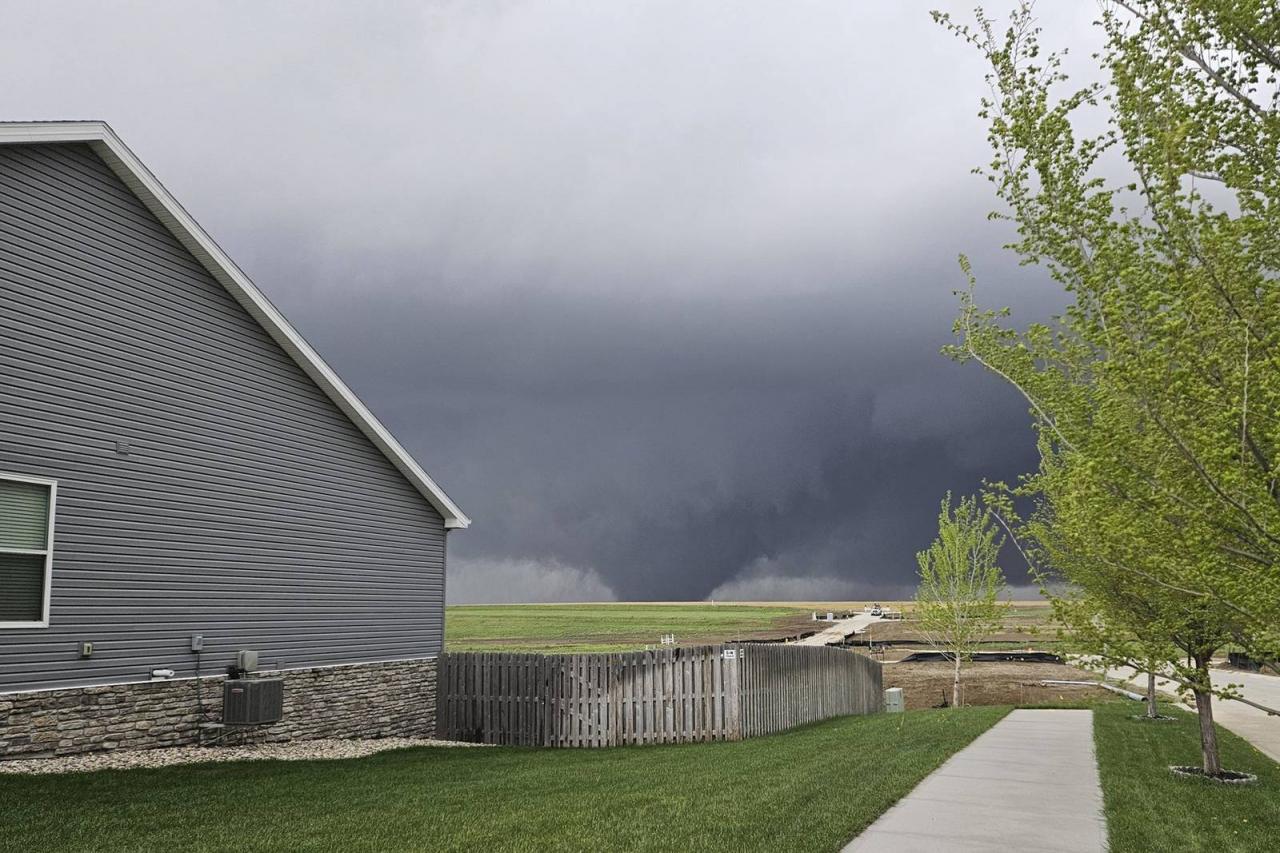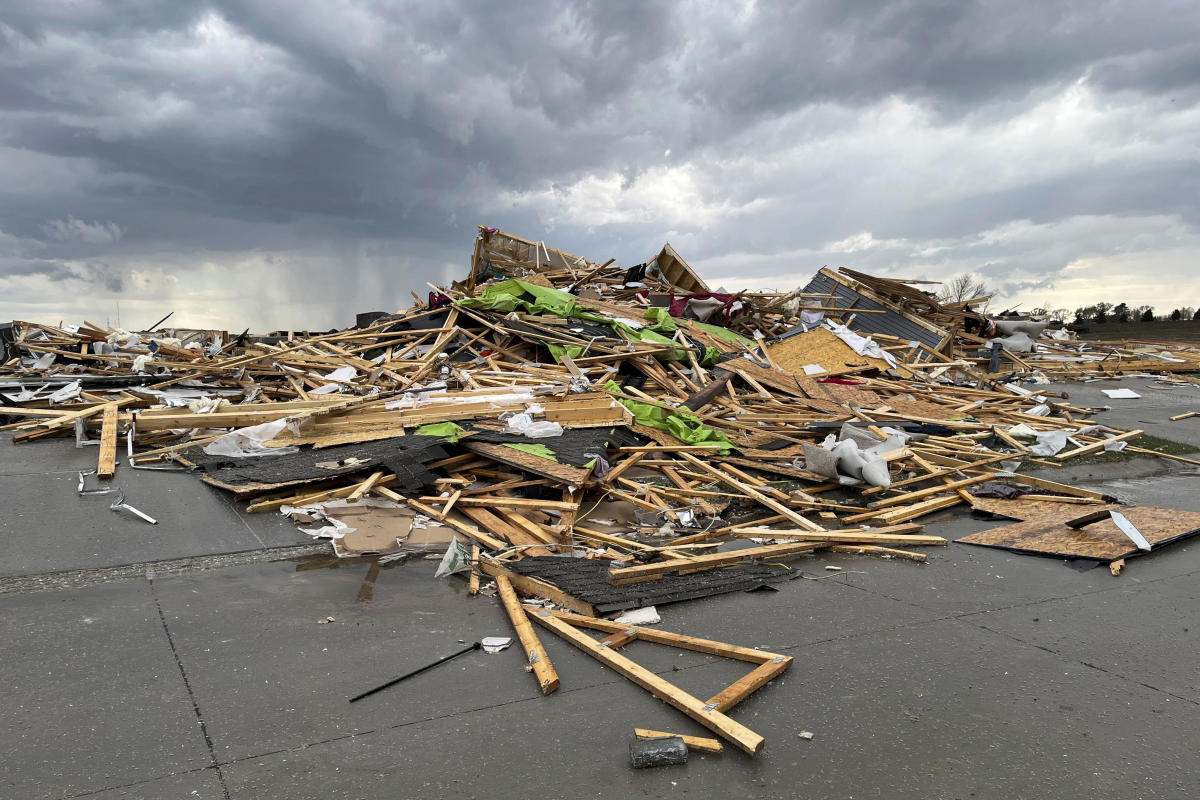
Tornado damage in Nebraska has left a trail of destruction across the state, causing widespread devastation to infrastructure, property, and agriculture. The economic consequences are staggering, with loss of jobs and disruption of businesses.
Nebraska’s unique meteorological conditions contribute to the formation of tornadoes, which can vary in size, intensity, and duration. Historical records reveal significant tornado events that have occurred in the past, shaping preparedness and response strategies.
Tornado Damage in Nebraska
Tornadoes have left a devastating mark on the state of Nebraska, causing widespread damage to infrastructure, property, and agriculture. The economic consequences have been severe, with job losses and business disruptions.
Causes and Characteristics of Tornadoes in Nebraska

Meteorological Conditions
Tornadoes in Nebraska are typically formed when warm, moist air from the Gulf of Mexico meets cold, dry air from the north. These conditions create a highly unstable atmosphere, which can lead to the development of thunderstorms and tornadoes.
Size, Intensity, and Duration
Nebraska tornadoes can vary in size, intensity, and duration. They can be as narrow as a few hundred feet or as wide as a mile. The intensity of tornadoes is measured on the Enhanced Fujita Scale (EF), which ranges from EF0 (weak) to EF5 (strongest).
Nebraska tornadoes typically have an EF rating of EF1 to EF3.
Areas Most Prone to Tornadoes
The eastern and central regions of Nebraska are most prone to tornadoes. This is due to the convergence of warm and cold air masses in these areas.
Historical Tornadoes in Nebraska
Significant Tornado Events
Nebraska has experienced several significant tornadoes throughout its history, including:
- The Hallam tornado of 1980, which was an F4 tornado that killed 10 people and injured 60.
- The Leigh tornado of 2014, which was an EF4 tornado that killed one person and injured 19.
- The Pilger tornado of 2014, which was an EF4 tornado that killed one person and injured 17.
Lessons Learned
These past tornado events have taught us valuable lessons about the importance of preparedness and response. They have also led to the development of improved warning systems and building codes.
Tornado Preparedness and Mitigation
Early Warning Systems
Early warning systems are essential for providing timely warnings to communities in the path of a tornado. These systems include radar, weather satellites, and spotter networks.
Evacuation Plans
Having an evacuation plan in place is crucial for staying safe in the event of a tornado. Families and businesses should develop a plan that identifies safe places to go and routes to take.
Safe Shelters
Safe shelters are designed to provide protection from tornadoes. These shelters can be located in homes, schools, and businesses. They should be sturdy and have a low profile.
Building Codes
Building codes can help to minimize tornado damage. These codes specify the minimum standards for construction, including the use of wind-resistant materials and the reinforcement of roofs and walls.
Tornado Recovery and Resilience

Challenges, Tornado damage in nebraska
Recovering from a tornado can be a challenging process. The damage to infrastructure, property, and agriculture can be overwhelming.
Opportunities
Tornadoes can also present opportunities for communities to rebuild and become more resilient. By working together, communities can create more tornado-resistant infrastructure and develop plans to support recovery efforts.
Examples of Successful Recovery Strategies
There are many examples of successful tornado recovery strategies in Nebraska. One example is the town of Pilger, which was devastated by a tornado in 2014. The community worked together to rebuild the town and make it more tornado-resistant. Pilger now has a new school, a new community center, and a new tornado shelter.
Final Wrap-Up

Recovering from tornado damage presents challenges but also opportunities for rebuilding and resilience. Government agencies, non-profit organizations, and community members play vital roles in supporting recovery efforts. Lessons learned from previous tornado events guide successful recovery strategies.
Key Questions Answered: Tornado Damage In Nebraska
What are the most tornado-prone areas in Nebraska?
Areas in eastern and central Nebraska, including the cities of Lincoln, Omaha, and Grand Island, are more susceptible to tornado activity due to favorable meteorological conditions.
What steps can individuals take to prepare for tornadoes?
Early warning systems, evacuation plans, and safe shelters are crucial for tornado preparedness. Building codes and other measures can minimize damage to structures.